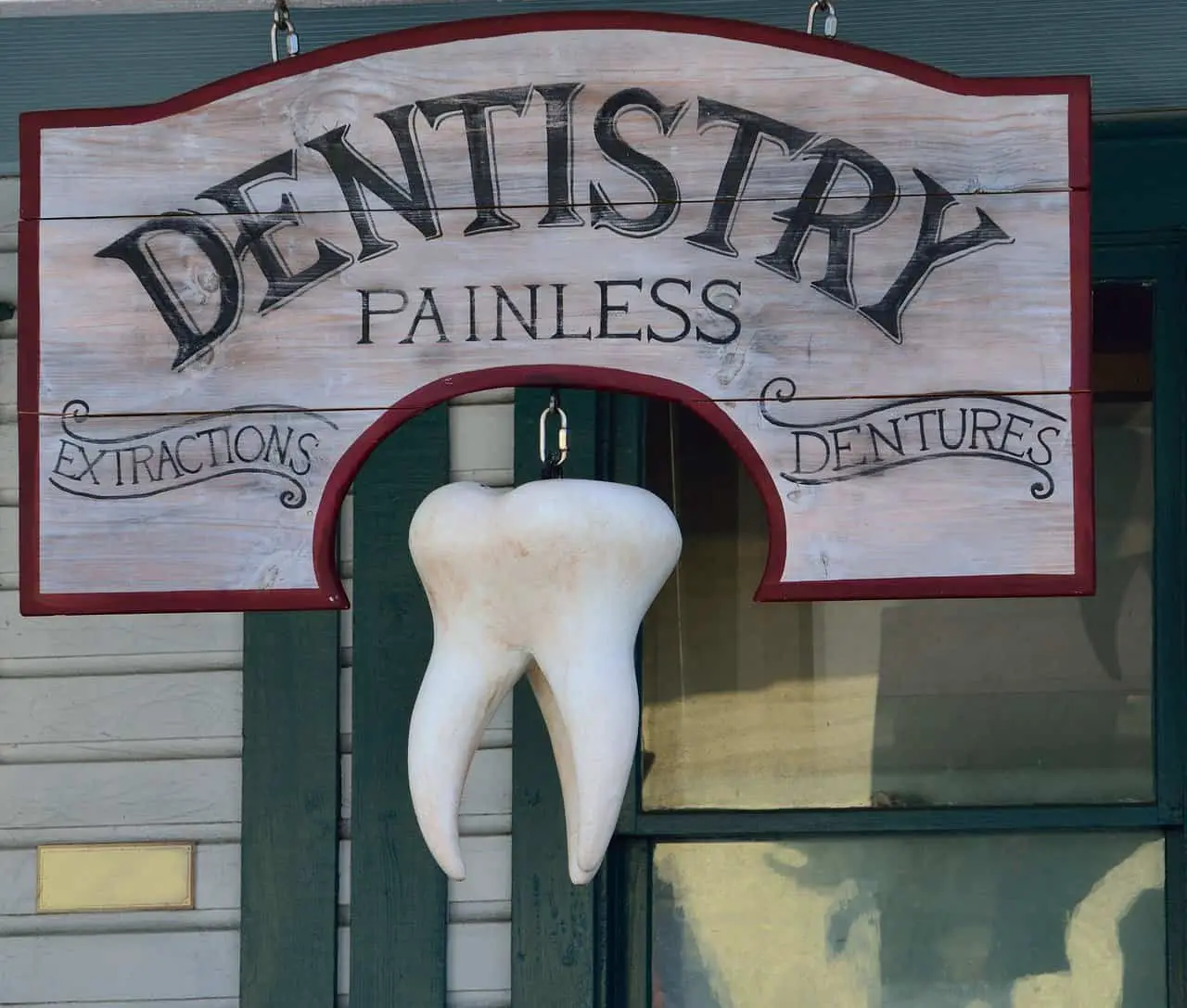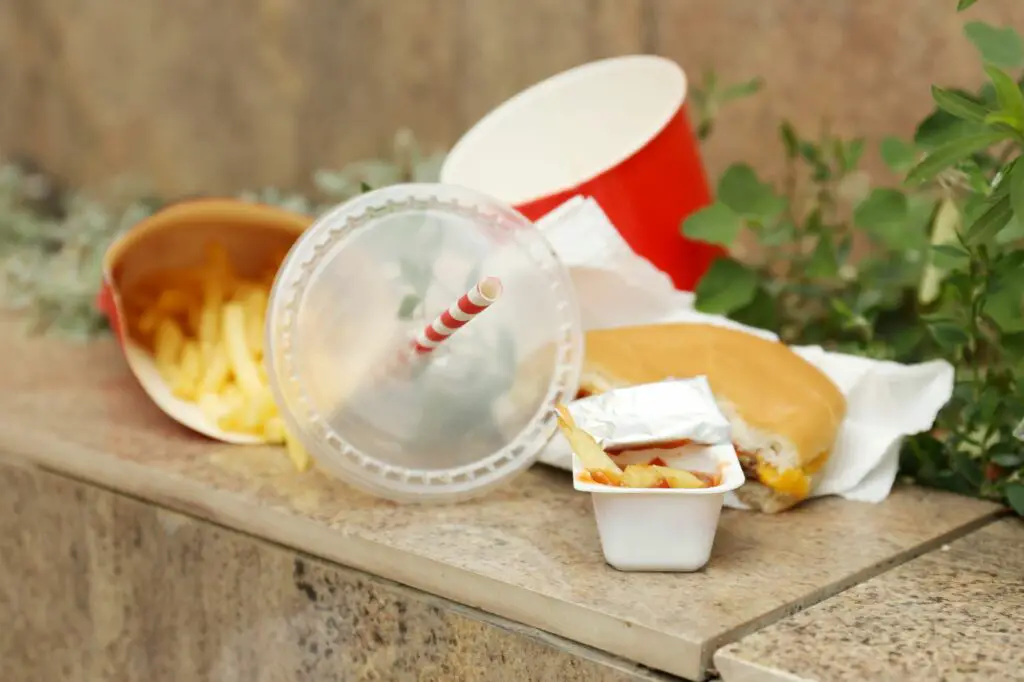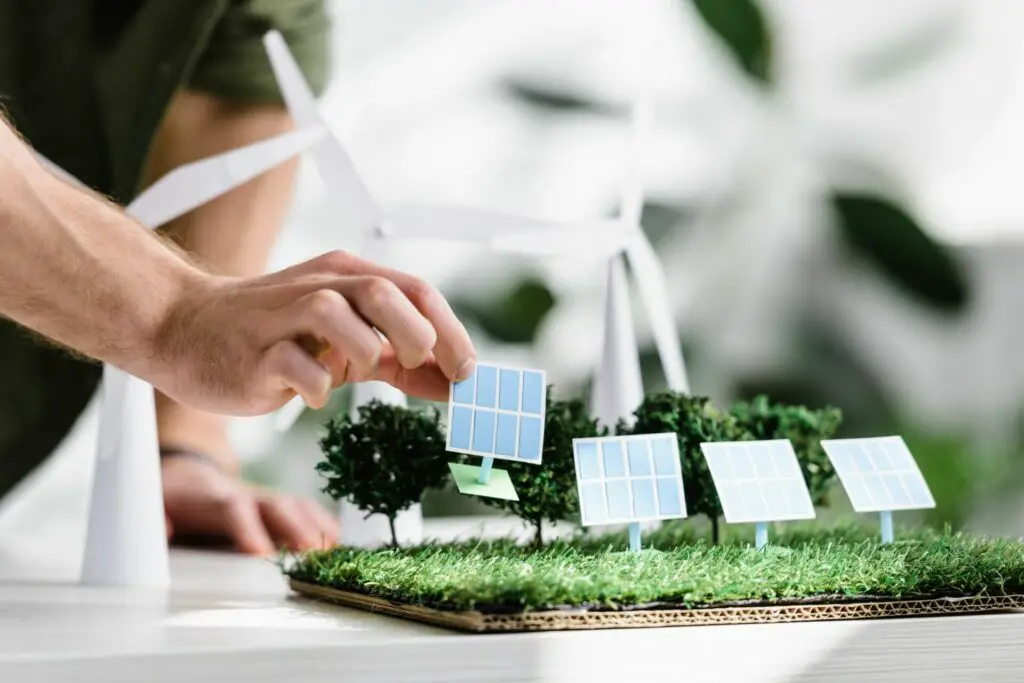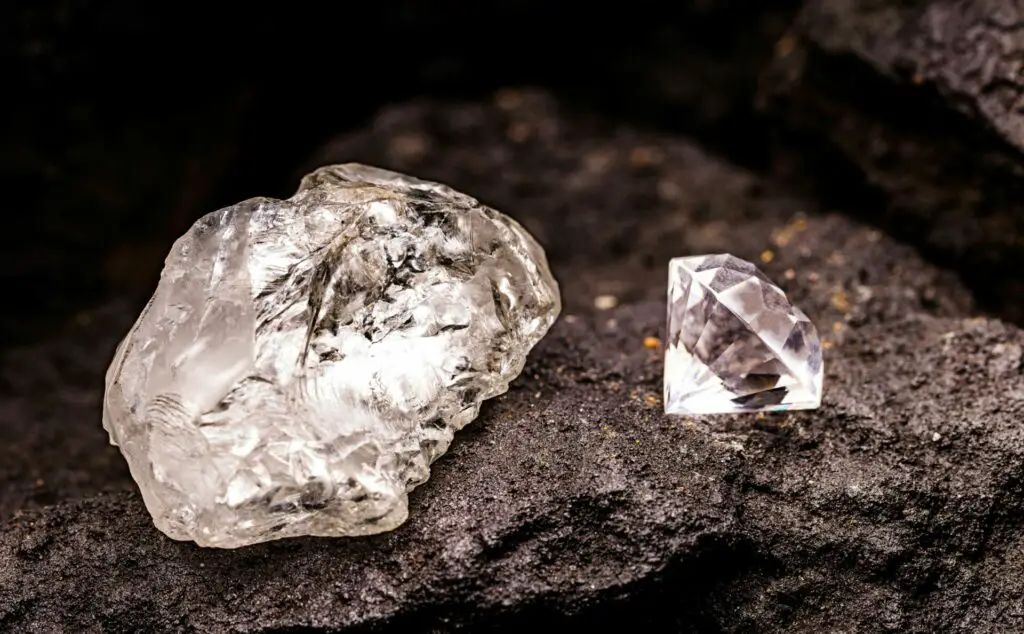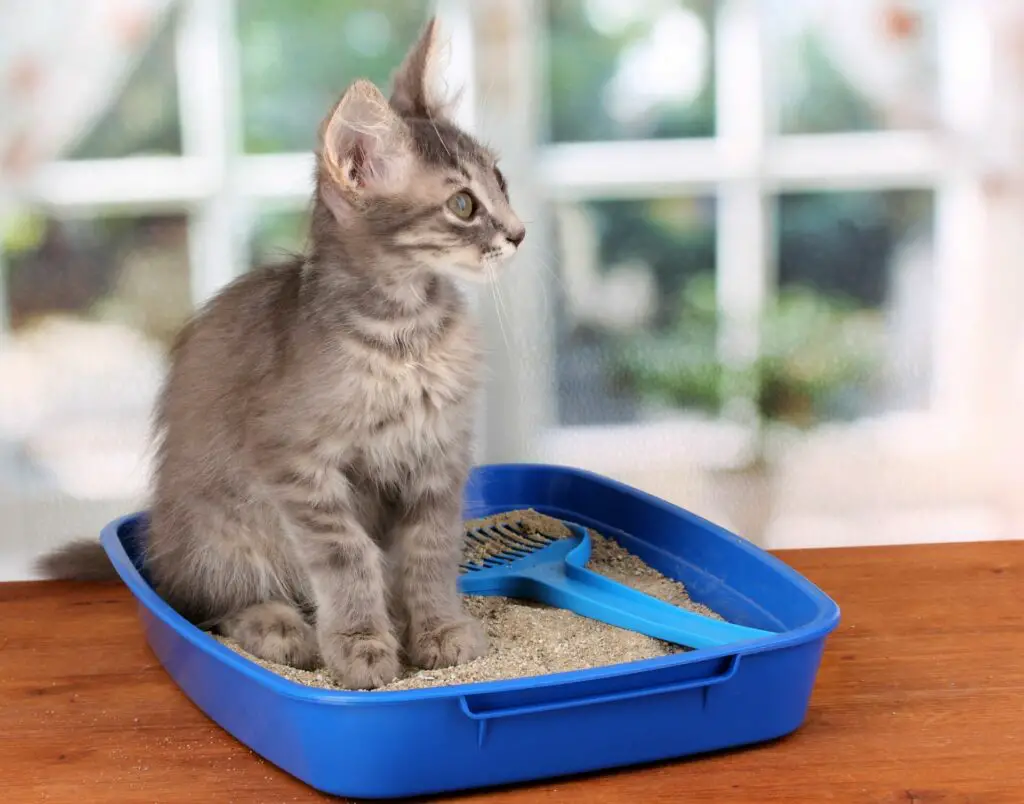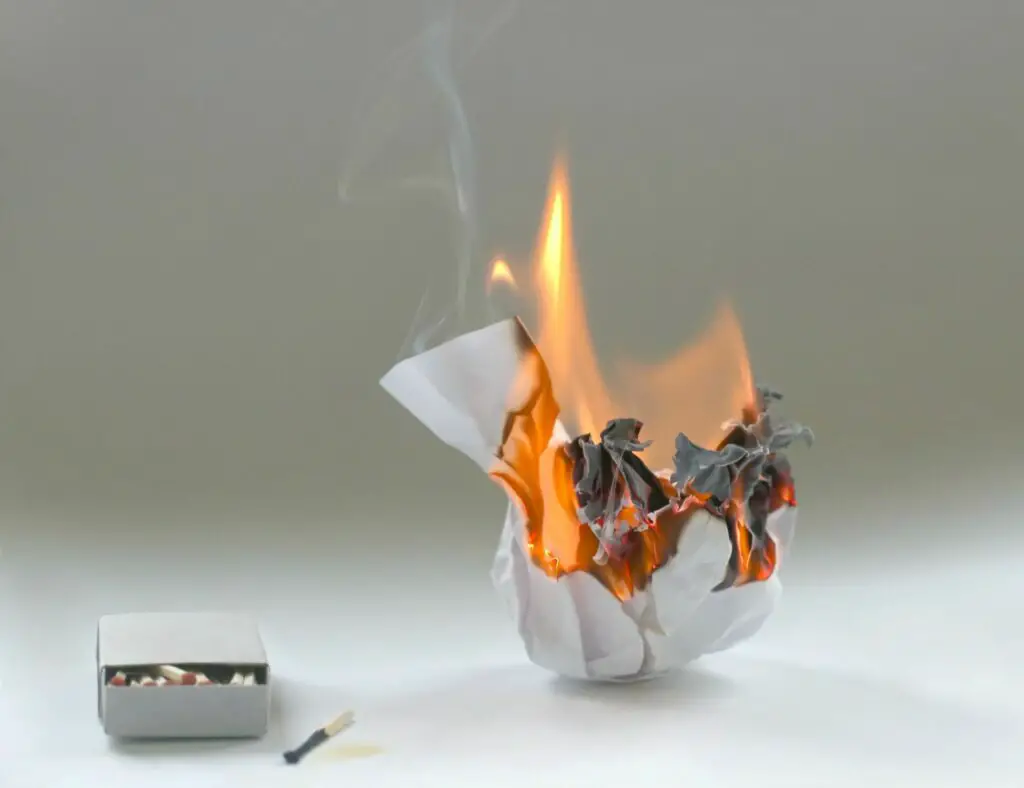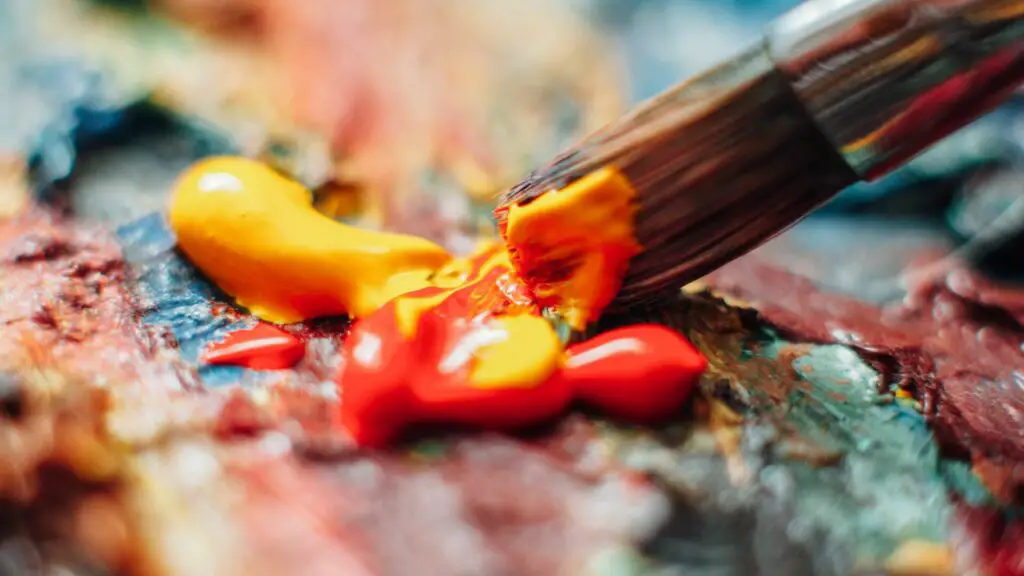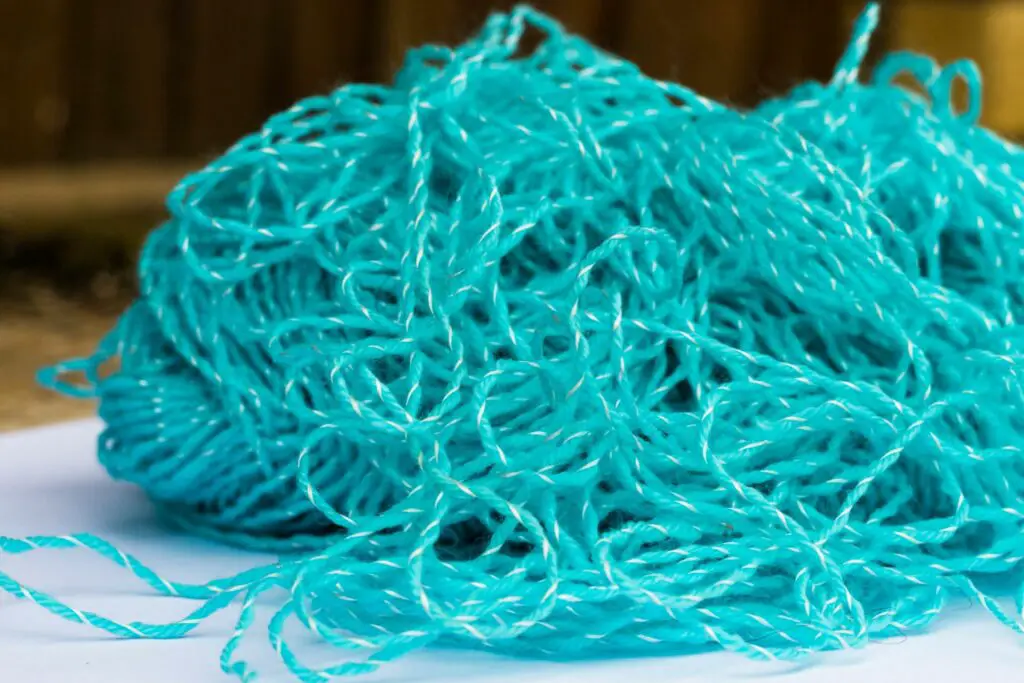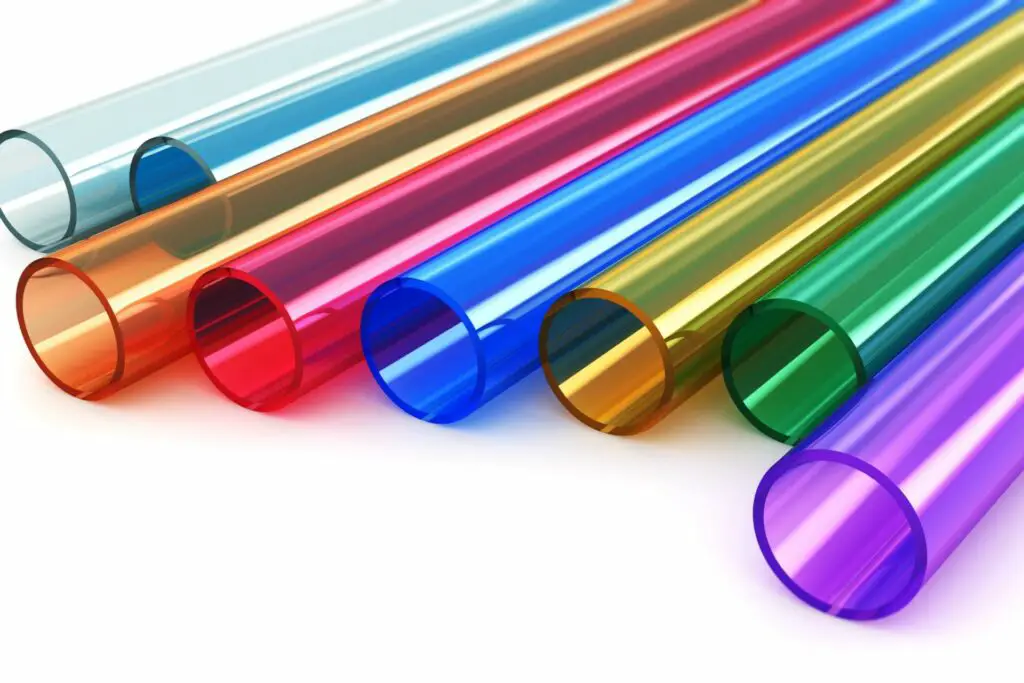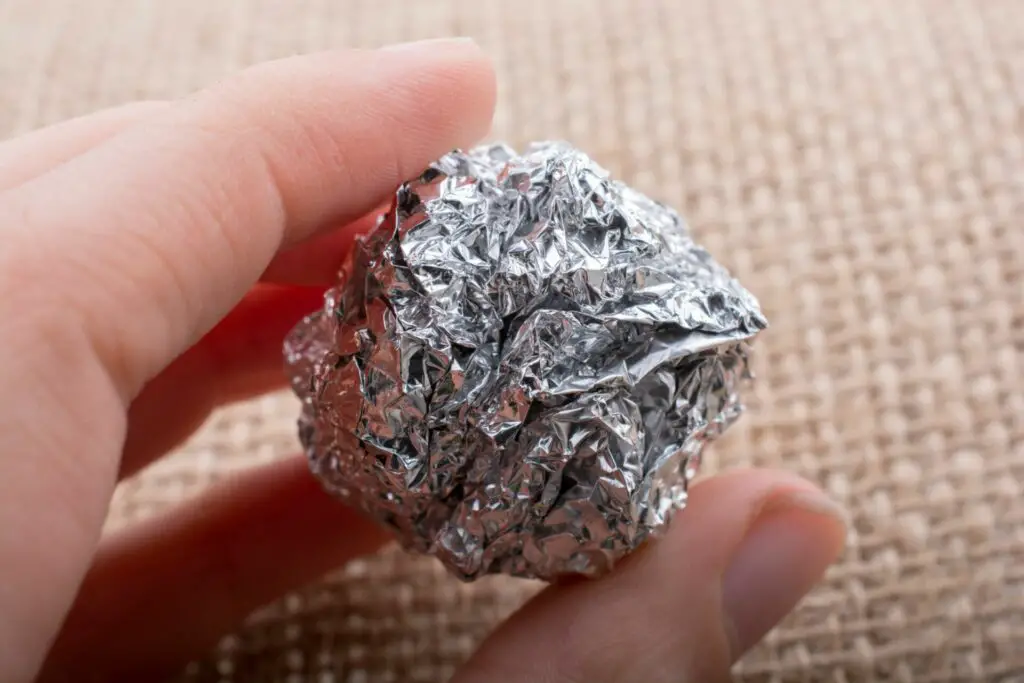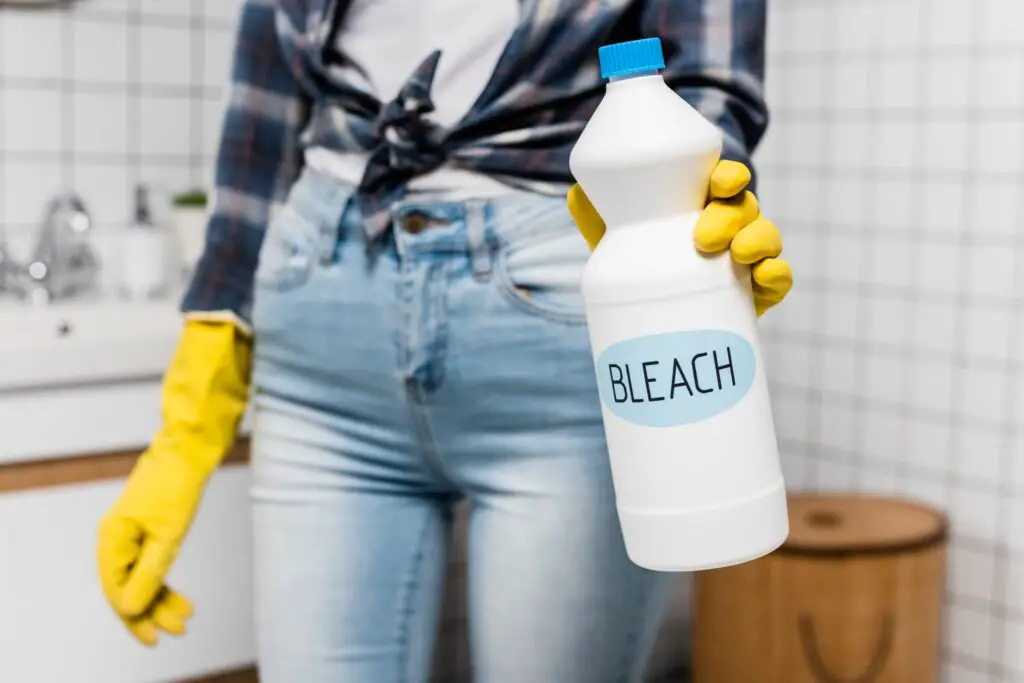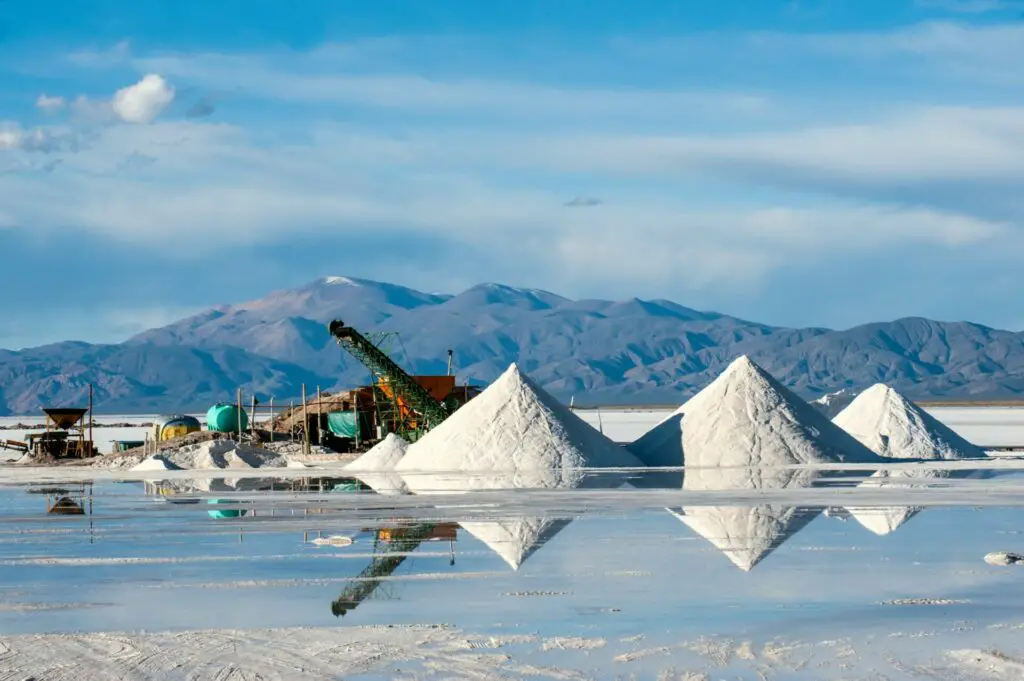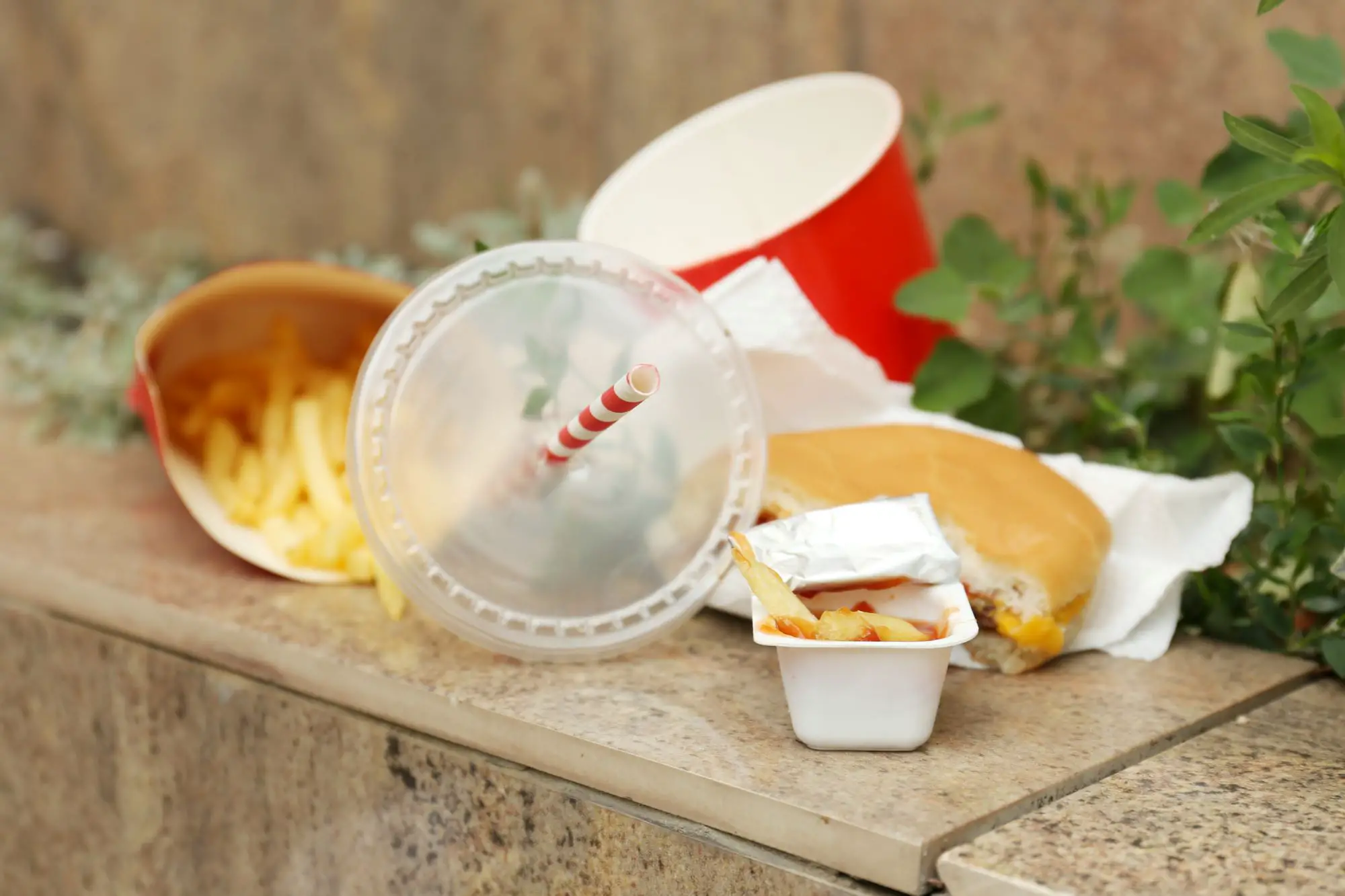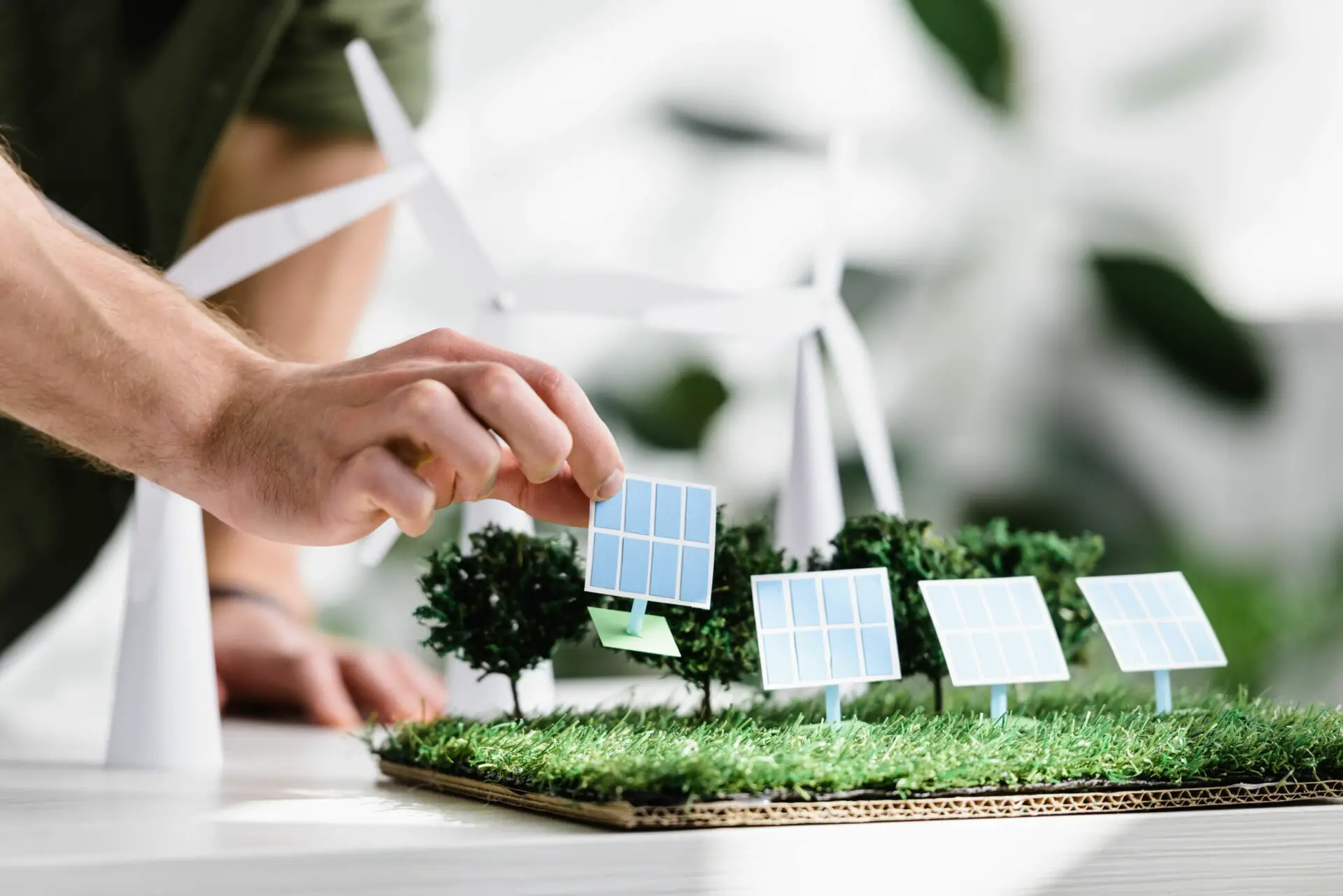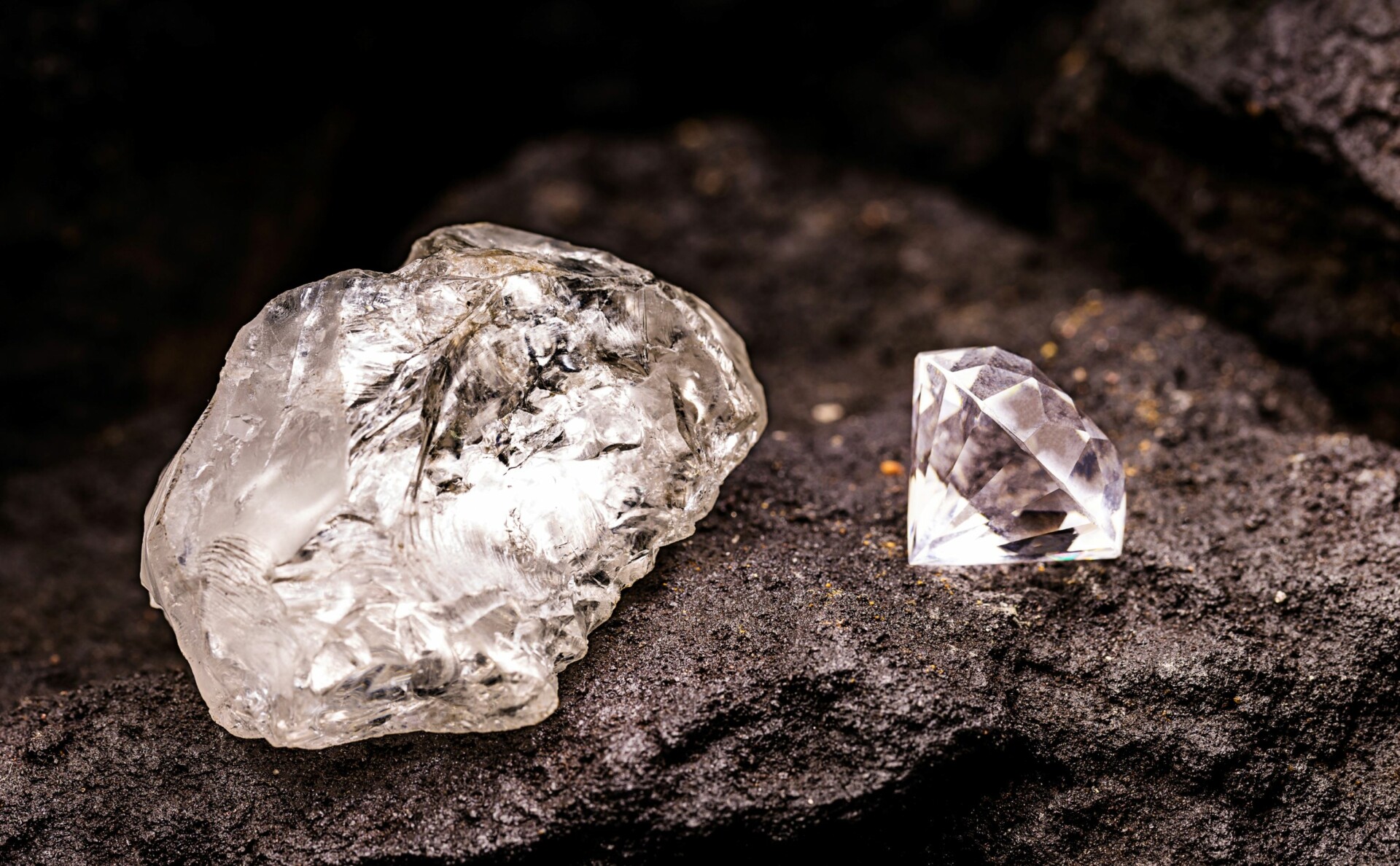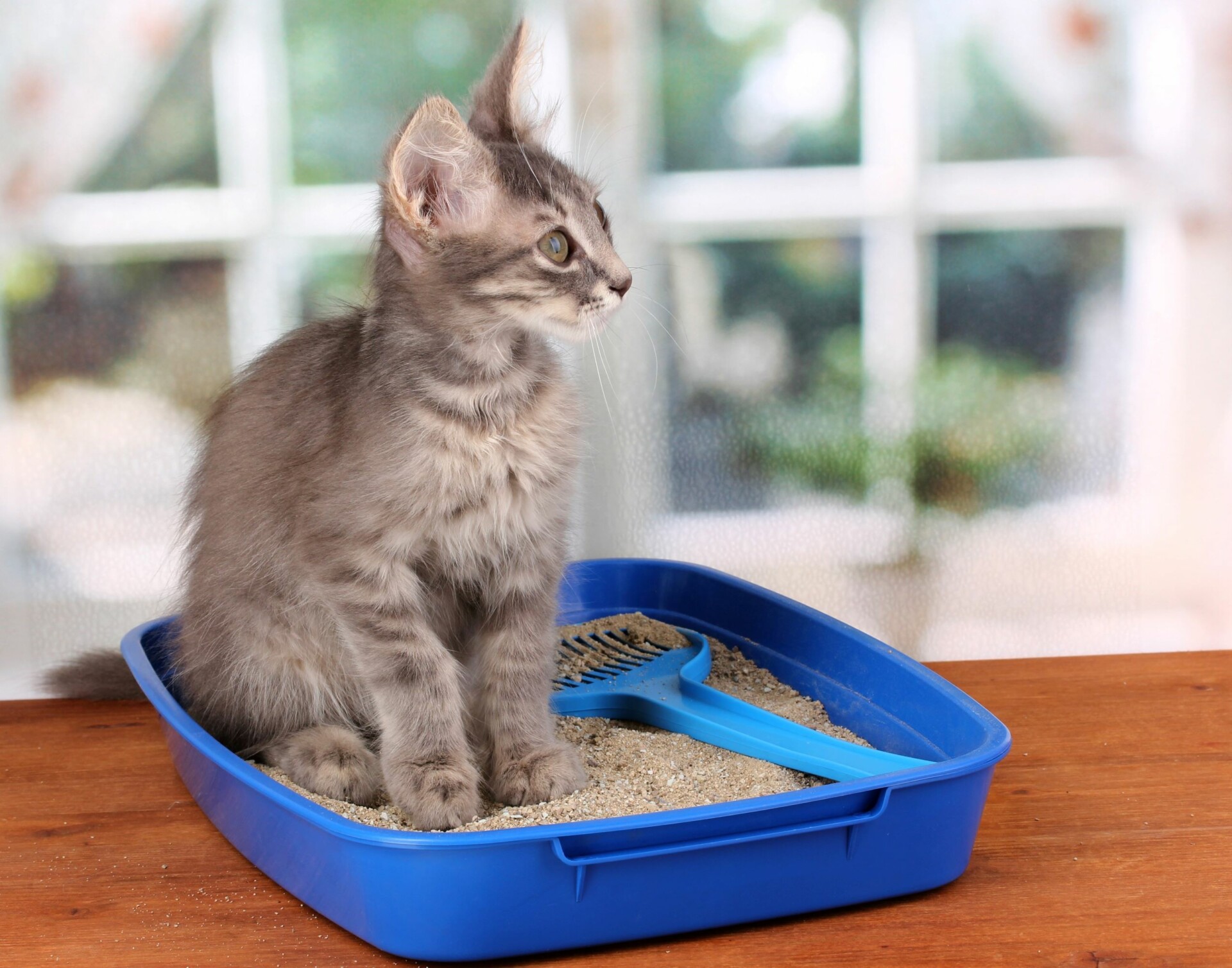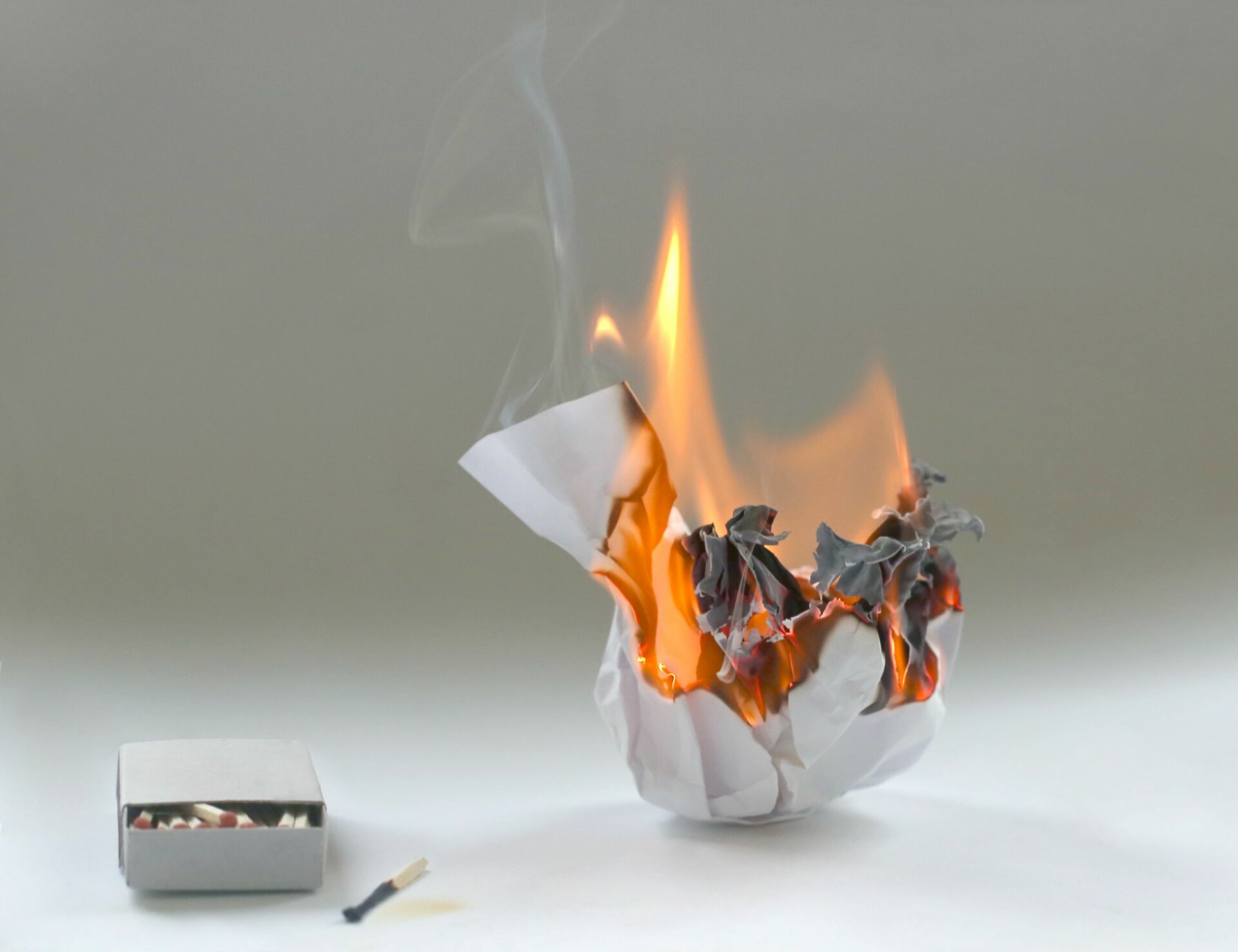Have you ever heard of eco-friendly dentistry?
It’s not such a farfetched concept. In recent years, the negative effects of greenhouse gas (GHG) emissions have driven many industries to adapt and implement environmentally friendly policies.
Why? Humanity’s best minds point to the year 2020 as the deadline for a cooperative and coordinated change in the way we conserve and consume natural resources.
Luckily, the desire to save the planet is spreading. In the U.S., for example, six out of 10 people are concerned about climate change.
You may have taken more than a few steps toward living a sustainable lifestyle already.
If you recycle properly, eat local produce, drive an eco-friendly car, and live in an eco-friendly home, what’s next?
You can insist on receiving eco-friendly medical and dental treatment.
Going green is not so easy for health practitioners and establishments.
In fact, one of the surefire ways to improve sustainability standards – recycling or reusing materials – is near impossible to do on a comprehensive level for medical and dental waste.
However, there are still many ways to minimize the carbon footprint of dentistry. Let’s learn all about them below.
What Is Eco-Friendly Dentistry?
Dr. Mladen Kralj, a practicing dentist in Chicago, coined the term. Eco-friendly dentistry stresses the importance of sustainable processes and environmentally friendly materials.
Reducing the environmental impact of dentistry as a whole is the goal. Not everything about the profession can make the switch to sustainability, but every little bit helps.
The basics of eco-friendliness can be summed up in four words: reduce, reuse, recycle, and rethink.
Keeping these in mind, check out the five key green dentistry concepts below.
1. Conserving Water and Other Natural Resources
It starts with the dental offices. Like any other eco-friendly structure, they should be made and decorated with sustainable materials – such as reclaimed wood or upcycled furniture.
Water consumption is a huge deal in health establishments. In dental offices, water is used to clean and sterilize bare hands and small tools.
Dispensers and sinks are everywhere. There’s often a tap that provides water to rinse your mouth with built right into your dental chair.
To conserve this natural resource, dentists can offer water-free disinfectants throughout their clinics.
They can also put up signs urging patients and staff to always turn off the tap while washing their hands. Installing low-flow faucets in bathrooms and break areas may also help.
Conventional dentists use another type of natural resource fairly often: mined metal, like gold or nickel.
An eco-friendly dentistry practice may vow to never use metal again. Not only would a policy like this cut down on metal consumption, but it would also reduce the need to mine and refine these resources.
2. Promoting Energy Efficiency Design and Practices
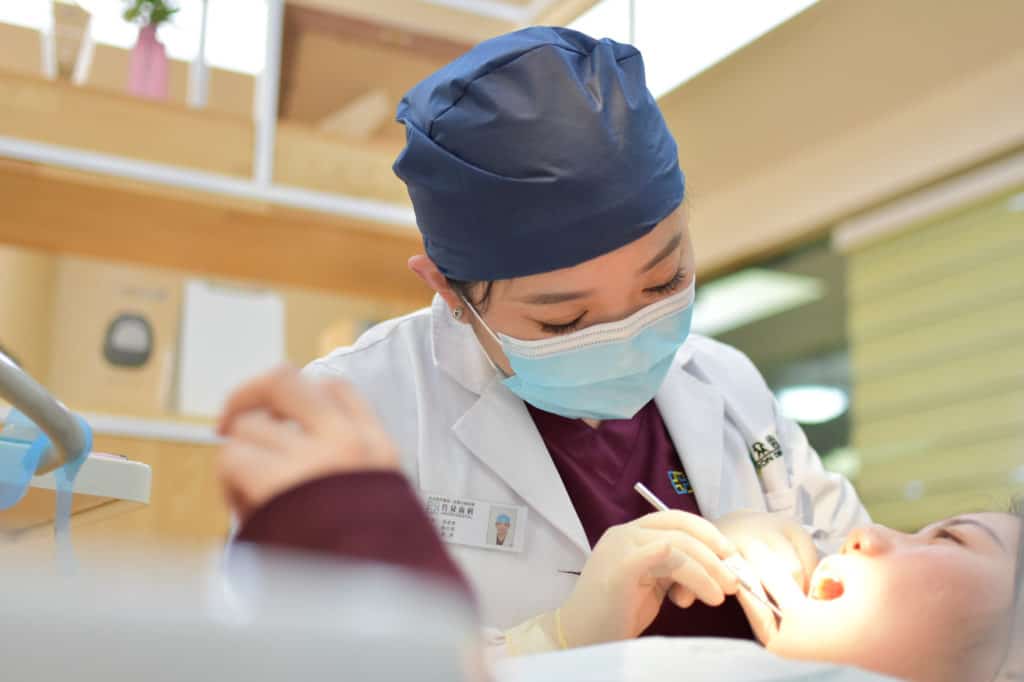
It should be obvious by now that eco-friendly building standards can apply to green dentistry facilities.
Ceiling fans or high-efficiency air conditioning may reduce the amount of energy needed to regulate internal temperature.
Dental offices may also equip rooms with motion sensors to link to ENERGY STAR-certified light fixtures and other electronics.
Dentists may even encourage small scale ways to use renewable energy, such as providing solar phone chargers for their staff and patients.
Some eco-friendly dental facilities can also benefit from federal or state tax incentives by getting a LEED certification and going green. It’s not just for eco-friendly hotels.
In 2011, an office in California became the first private pediatric dental facility to get LEED-certified.
3. Stressing the Importance of Eco-Friendly Products that Are Non-Toxic
Green dental offices should be built with non-toxic materials, such as paint or linoleum flooring devoid of Volatile Organic Compounds (VOCs).
As a health establishment, another welcome change would be to vastly reduce the amount of Persistent Bioaccumulative Toxins (PBT) in the air.
Do you dislike that uncomfortable and cloying “hospital” smell? These toxins are the culprit.
Mercury use is typical in the dental industry, which is problematic from an environmental standpoint.
For one, mercury is derived from mined cinnabar. It can also contaminate entire watersheds or water systems if not disposed of correctly.
Instead of using dental amalgam made from mercury, lead, and other possible contaminants, eco-friendly dentistry facilities may use glass ionomer or porcelain for tooth fillings.
They may also invest in an amalgam separator to remove and replace old and mercury-inclusive fillings in old patients.
Lead is also used in traditional film x-rays, along with silver. Some dental offices may still use this method when diagnosing patients, but it’s not so hard to make the change and rely on digital imaging instead.
4. Waste Reduction
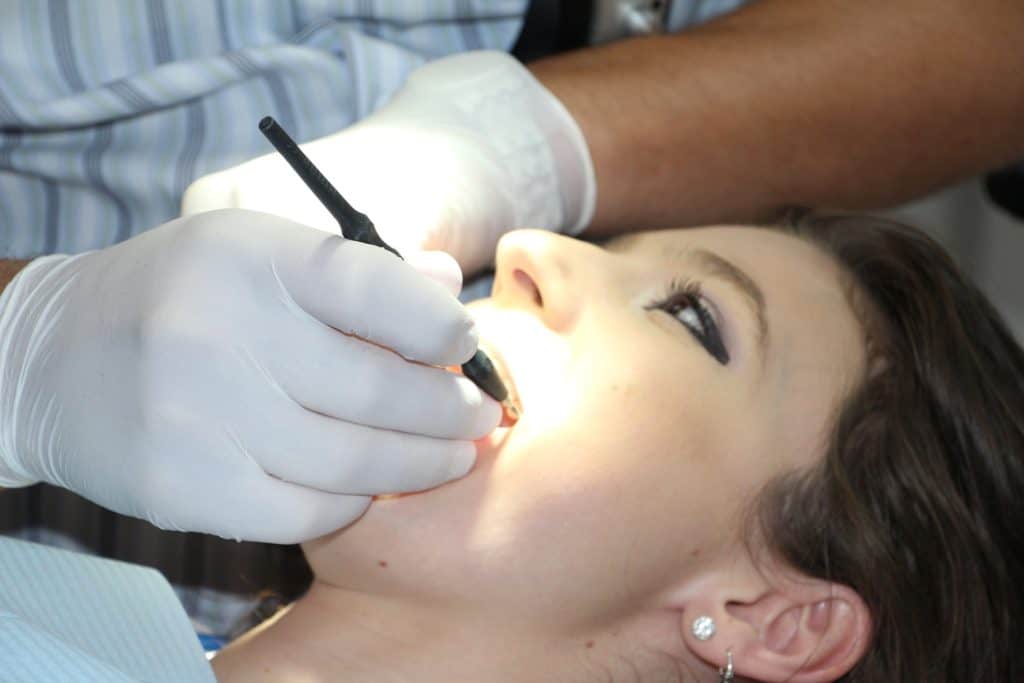
Stocking up on cloth bibs, glass cups, and other reusable items is relatively easy to implement.
However, green dentistry facilities generate waste and pollution the most through specific dental processes:
- Handling mercury-containing material
- Using old X-rays
- Following conventional infection control steps
- Relying on traditional vacuum saliva ejector machines
We’ve talked about the first two above, and there’s little wiggle room for the third to be more eco-friendly.
By law, anything that’s used to carry or hold biomedical waste must be disinfected, segregated, and disposed of properly. No reusing.
However, saliva ejector systems may be replaced with environmentally friendly dry vacuum systems.
Dental waxes are used in many situations, such as modeling and casting or bite registration. They come in different types, too.
Some are made from natural ingredients like beeswax or carnauba, while others are petroleum-based. In many procedures, the amount of wax needed is smaller than what’s in a package.
Instead of throwing away the excess, eco-friendly dentistry places may recycle up to 90 percent of the wax by running them through a simple lab procedure that removes impurities.
5. Implementing Green Technology
Besides installing energy-efficient machines and innovations to reduce waste and resource consumption, there’s also a simple upgrade of computer systems to consider.
Since dental practices are also businesses, one of the most effective ways to reduce waste could be to go paperless.
Digitized patient data, virtual billing, and email correspondences cut down on waste and also help conserve the world’s forests.
Green dentists will probably survive without printing medical results or subscribing to print journals.
How Does Green Dentistry Benefit You?
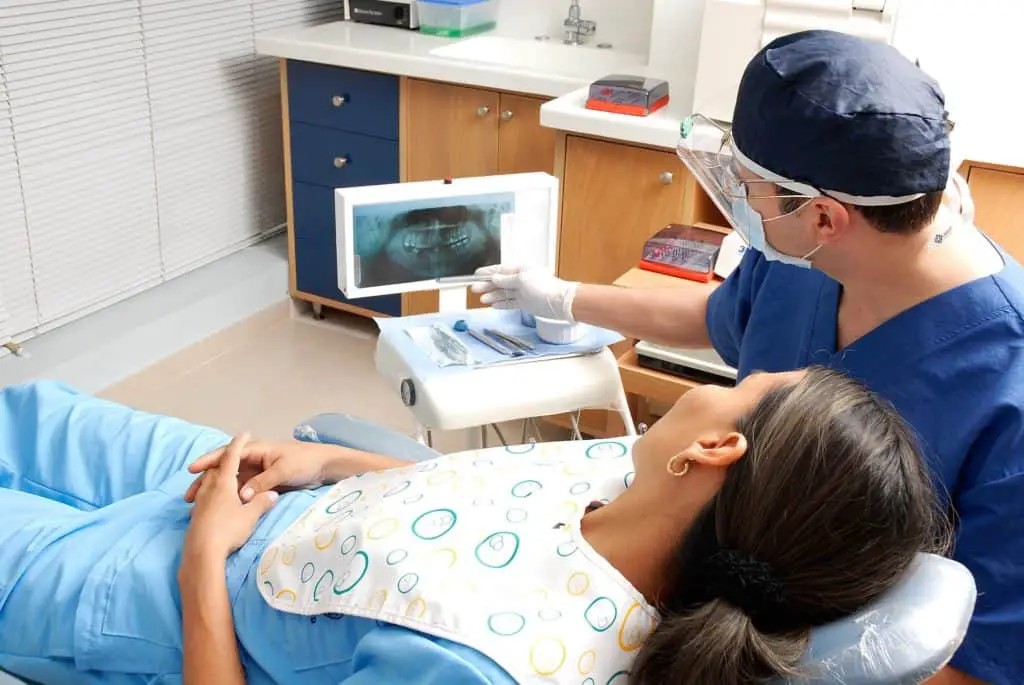
Eco-friendly is not only about going green. It’s also about striving for minimal invasiveness and being truly patient-centric.
The approach lays the foundation for a better balance between dentist and patient. A more holistic perspective naturally complements an eco-friendly environment after all.
Instead of treating a toothache through a dental procedure and appropriate drugs, a green dentist may want to examine a patient’s overall health and habits to determine the root cause of the problem.
The resulting treatment may only be slightly different but could prevent future dental emergencies and appointments.
Note that better dental health is also linked to a longer life expectancy. When dentists care enough to look at the big picture, they may actually be adding years to your life.
How Does Green Dentistry Benefit the Environment?
The rise of eco-friendly examples within green dentistry can only be good for the planet. It is the main imperative of the oral health approach. Any other beneficiary is secondary.
Green dentistry may require more effort, money and time than maintaining a conventional dental practice in the beginning.
However, the concept is worth it in the long run. Conserving resources, using energy efficiently, and reducing waste may result in less expensive operating costs over time.
What can a dental office do for the environment?
Some facilities sign up for summer energy savings procedures or enroll in carbon offsetting programs.
The latter is ideal for practices looking to reinvest profits into certain eco-friendly projects fighting climate change.
Not many establishments can promote being carbon-neutral right now, but hopefully, this will not be the case for long.
What Other Health Choices Can You Make to Support an Eco-Friendly Lifestyle?
Remember: reduce, reuse, recycle, and rethink.
Minimize what you throw away, reclaim and upcycle when you can, and stop buying single-use products.
When these are applied to healthcare, the interpretations are endless.
At the very least, make sure to ask if any prescription drugs or maintenance medication you buy come in glass bottles instead of plastic containers or blister packaging.
You may also start cultivating a garden to increase air quality near your home or grow your own produce, whether or not the patch of soil is found on your rooftop.
Leveling up a personal hygiene routine and knowing the importance of eco-friendly products you use is not as time-consuming as gardening, but it may do the same amount of good.
Are bathtimes part of your eco-friendly lifestyle plan? Lather up and make sure you’re using environmentally friendly body wash and shampoo.
You Might Also Like…
- Is Fast Food Bad for the Environment? (& What You Can Do)
- Is Fabric Softener Bad for the Environment? (+5 Eco-Friendly Options)
- Is Fuel Dumping Bad for the Environment? (& How Often It Happens)
- Is Electricity Generation Bad for the Environment? (What You Should Know)
- Is Dry Cleaning Bad for the Environment? (4 Surprising Facts)
- Is Diamond Mining Bad for the Environment? (Important Facts)
- Is DEET Bad for the Environment? 4 Effects (You Should Know)
- Is Cat Litter Bad for the Environment? (5 Common Questions)
- Is Burning Cardboard Bad for the Environment? (6 Facts)
- Is Burning Paper Bad for the Environment? (6 Surprising Facts)
- Is Burning Leaves Bad for the Environment? (7 Quick Facts)
- 4 Natural Cleaners for Quartz Countertops
- 6 Eco-Friendly Acrylic Paint Brands (For Sustainable Artists)
- 5 Eco-friendly Alternatives to Acrylic Paint (& How to Make Them)
- Is Acrylic Paint Bad for the Environment? (7 Quick Facts)
- Is Acrylic Yarn Bad for the Environment? 8 Crucial Facts
- Is Acrylic Bad for the Environment? (8 Quick Facts)
- Is Aluminum Foil Bad for the Environment? 7 Quick Facts
- Is Bleach Bad for the Environment? 6 Crucial Facts
- Is Lithium Mining Bad for the Environment? 6 Crucial Facts

